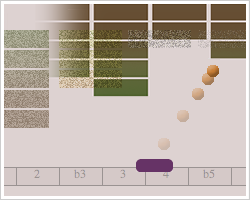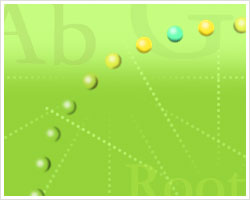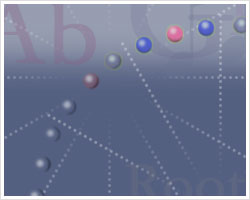A scale is a set of notes grouped together in a specific pattern. The most commonly used scale in popular music is the major scale. The notes of the major scale are numbered from 1 to 8, with the tonic assigned the number 1 and other tones moving up in sequence to the octave, which is number 8.
Major Scales
In the major scale, notes are arranged in a specific sequence of half steps and whole steps. A half step is the distance from one note to the next closest note. On a piano, the distance from any key to the next closest key (regardless of whether it is a black key or white key) is a half step. A whole step is equivalent to two half steps. To construct a major scale from any starting tone, use the following arrangement of whole steps (W) and half steps (H):

Here are some examples:
| C Major: | 1 | 2 | 3 | 4 | 5 | 6 | 7 | 8 |
| C | D | E | F | G | A | B | C |

| D Major: | 1 | 2 | 3 | 4 | 5 | 6 | 7 | 8 |
| D | E | F# | G | A | B | C# | D |

| G Major: | 1 | 2 | 3 | 4 | 5 | 6 | 7 | 8 |
| G | A | B | C | D | E | F# | G |

Minor Scales
Compared to major scales, minor scales have a darker and heavier sound. They also have their own pattern and order. Here is the pattern of whole steps (W) and half steps (H) used to create a minor scale: 
And here are some examples of minor scales:
| C Minor: | 1 | 2 | b3 | 4 | 5 | b6 | b7 | 8 |
| C | D | Eb | F | G | Ab | Bb | C |

| D Minor: | 1 | 2 | b3 | 4 | 5 | b6 | b7 | 8 |
| D | E | F | G | A | Bb | C | D |

| G Minor: | 1 | 2 | b3 | 4 | 5 | b6 | b7 | 8 |
| G | A | Bb | C | D | Eb | F | G |

As you can see, the minor scale follows the interval pattern of W-H-W-W-H-W-W. To create a minor scale in any key, begin on the tonic of the key, and add scale tones according to this pattern.
You can use the piano keyboard below to see examples of any major or minor scale. Simply choose the tonic (starting tone or "root" of the scale), press the play button for either the major or minor scale, and observe which notes are used to build the scale.
Paddle Tones and Tone Drops will train you to quickly match each scale tone with its number as soon as you hear it. This will strengthen your sense of relative pitch.




